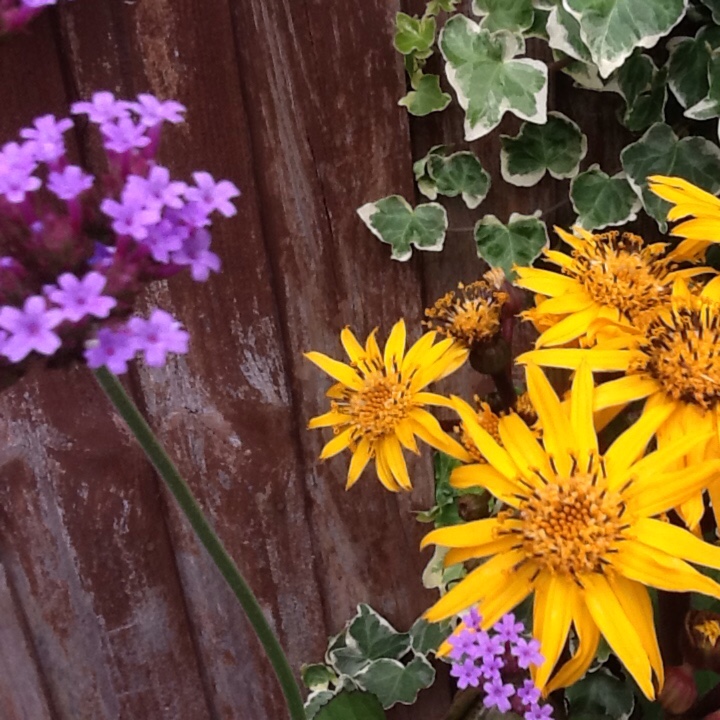
Ligularia 'Othello'
Leopard Plant 'Othello'
Ligularia are clump forming perennials with large lobed and toothed leaves varying in colour depending on the variety,, and daisy-like yellow or orange flowers on tall stems that may be black.The flower spikes appear in early Summer and last for several weeks. This plant grows particularly well near a pond.The flowers are attractive to bees. 'Othello' has dark green leaves that are purple on the back, and tall dark stems with a cluster of orangey-yellow flowers atop from early Summer
Contributed by @pottybird42
-
Partial shade
-
Frequent watering
-
Frost Hardy: 23F (-5°C)
-
Moist and fertile
Common name
Leopard Plant 'Othello'
Latin name
Ligularia 'Othello'
type
Herbaceous Perennial
family
Asteraceae
ph
5.5 - 7.5 Acid - Neutral
Plant & bloom calendar
-
Best time to plant
-
When the plant will bloom
full grown dimensions
 0.90 M
1.20 M
0.90 M
1.20 M
Ligularia 'Othello'
Ligularia are clump forming perennials with large lobed and toothed leaves varying in colour depending on the variety,, and daisy-like yellow or orange flowers on tall stems that may be black.The flower spikes appear in early Summer and last for several weeks. This plant grows particularly well near a pond.The flowers are attractive to bees. 'Othello' has dark green leaves that are purple on the back, and tall dark stems with a cluster of orangey-yellow flowers atop from early Summer
Flowering
From Early Summer TO Late Summer
Flowers on tall spikes appear in early Summer, and last for several weeks
Planting
From Mid Spring TO Late Spring
Ligularia require moist soil, and so pond-margins are ideal growing sites - but other sites can be fine, as long as the soil can be kept moist. They also need some shade, particularly from the midday sun.
Propagating by division
From Mid Spring TO Late Spring
Using a fork dig up plant, trying to keep the root ball as complete as possible. Split the root ball at the centre with a sharp knife or a spade, or by placing two garden forks back-to-back into the middle of the root ball, and pushing the fork handles apart.to lever the root ball apart. Replant the new clumps to the same depth as the original, and water well. Keep well watered until established.











